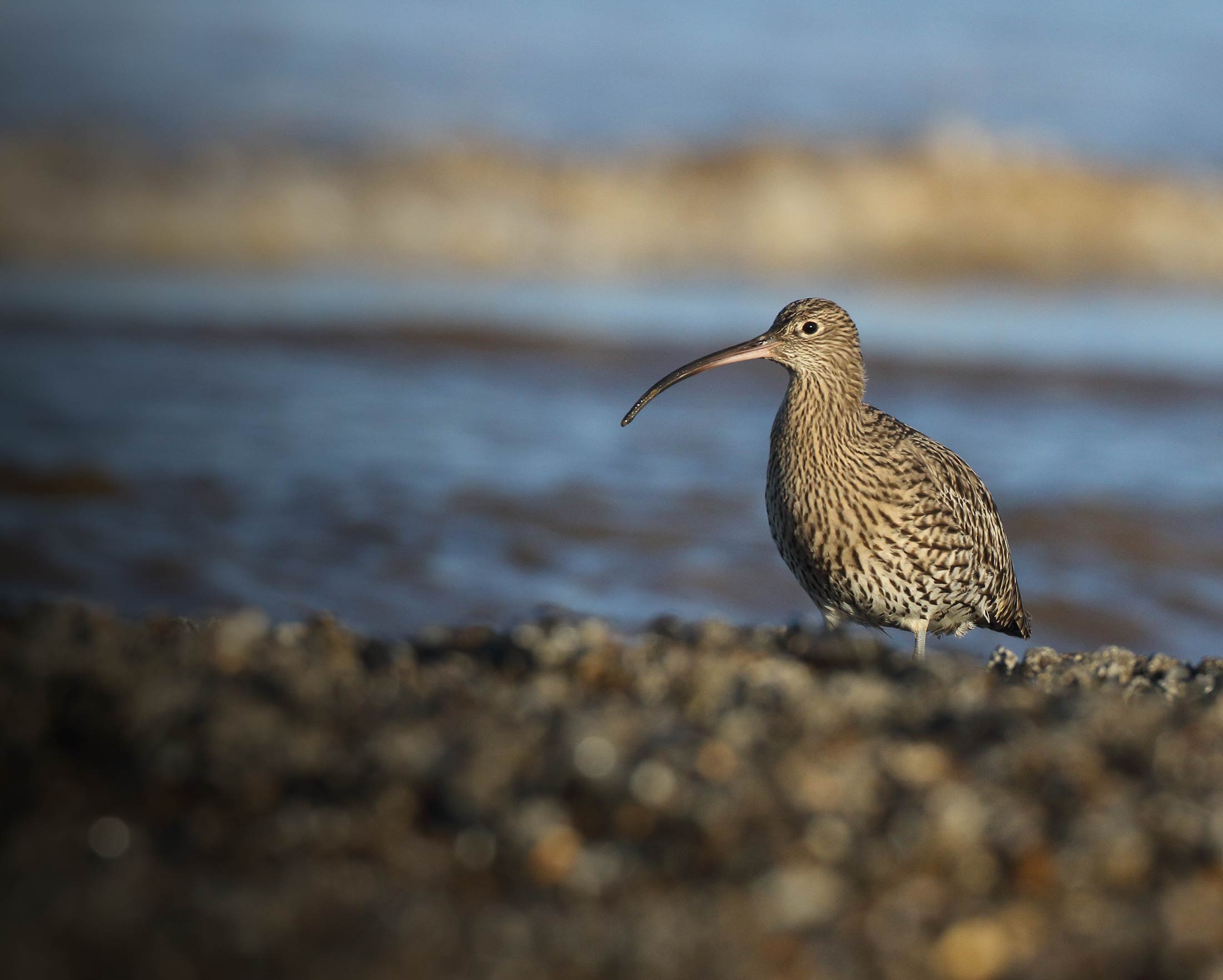BTO publishes peer-reviewed papers in a wide range of scientific journals, both independently and with our partners. If you are unable to access a scientific paper by a BTO author, please contact us.
Search settings
Bioclimatic context of species' populations determines community stability
Author: Evans, L.C., Melero, Y., Schmucki, R., Boersch-Supan, P.H., Brotons, L., Fontaine, C., Jiguet, F., Kuussaari, M., Massimino, D., Robinson, R.A., Roy, D.B., Schweiger, O., Settele, J., Stefanescu, C., van Turnhout, C.A. & Oliver, T.H.
Published: 2022
Projected increases in the magnitude and frequency of extreme weather events are likely to have important consequences for species and the wider communities of which they are a part. Understanding the impacts of such events on the complex relationships that exist between the species within a particular ecosystem, and which themselves influence the stability and functioning of that ecosystem, is a conservation priority.
25.05.22
Papers
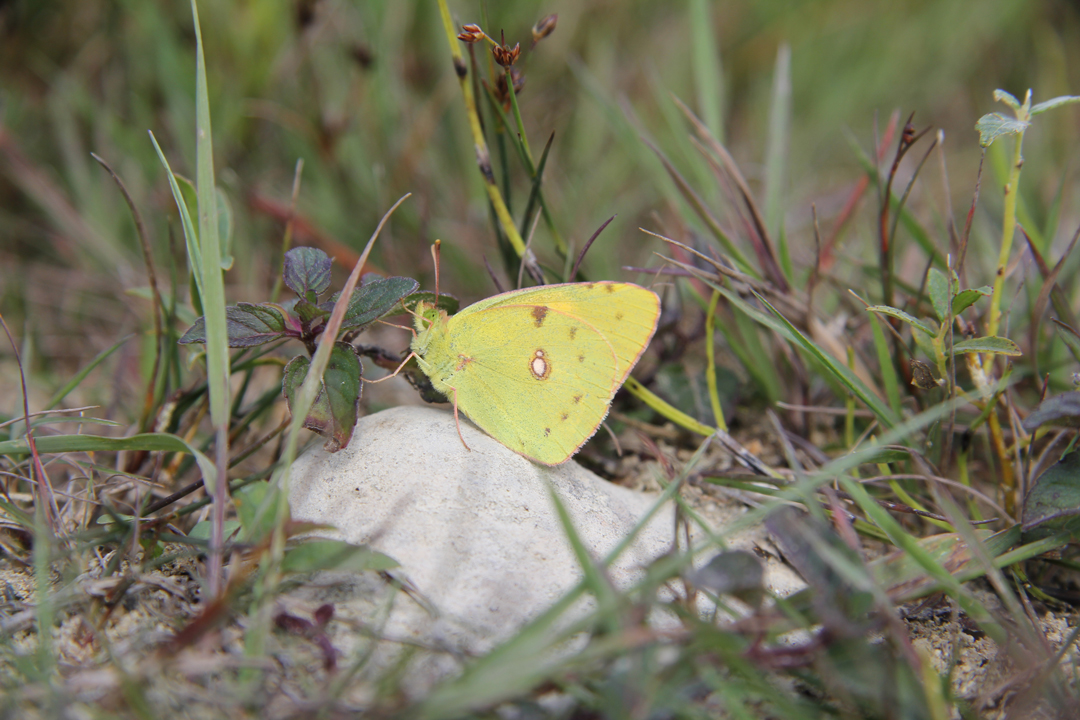
Recommendations to enhance breeding bird diversity in managed plantation forests determined using LiDAR
Author: Tew, E.R., Conway, J.C., Henderson, I.G., Milodowski, D.T., Swinfield, T. & Sutherland, W.J.
Published: 2022
Tree planting can contribute to the fight against both climate change and biodiversity loss if forests are planned and managed well. Forest structure data, collected using remote sensing technology, combined with bird surveys has been used to test which management regimes maximise bird diversity in managed plantations. Forests with stands of a greater variety of ages are consistently more biodiverse, suggesting that forest managers should prioritise maintaining a diversity of stand ages.
19.05.22
Papers
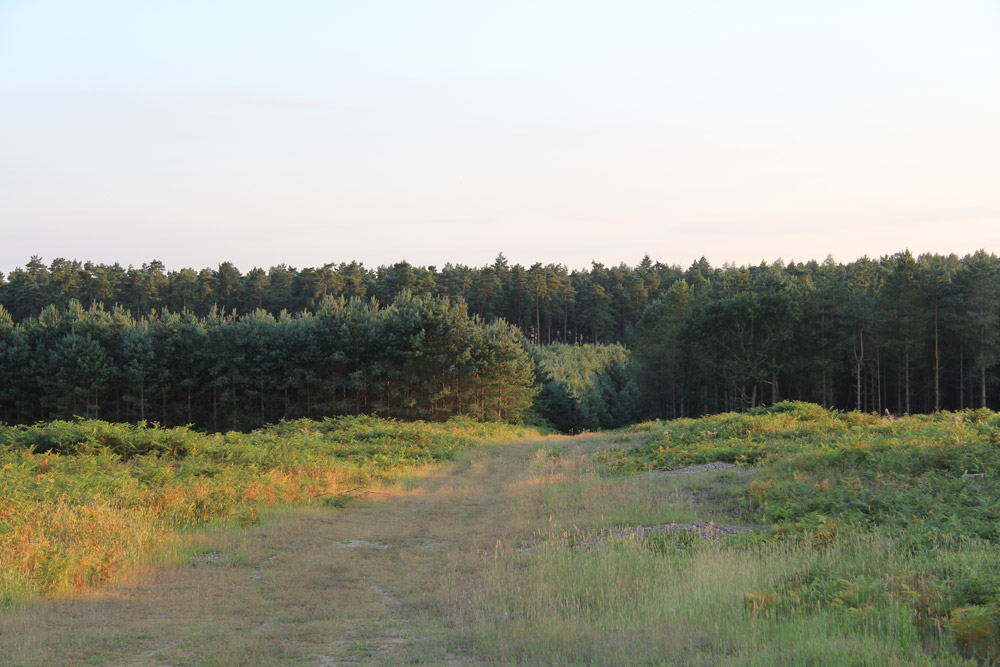
Estimating the carbon footprint of citizen science biodiversity monitoring
Author: Gillings, S. & Harris, S.J.
Published: 2022
Understanding the impacts of climate change relies on an evidence base generated by the thousands of volunteers who participate in biodiversity monitoring. However, survey participation often carries its own carbon footprint, especially where participants travel to and from survey sites by car. Whilst it is essential that we have accurate information about how wildlife is faring in this changing world, we also need to be mindful of any side effects of our scientific activities. A key step is to estimate the emissions produced during biodiversity monitoring.
18.05.22
Papers
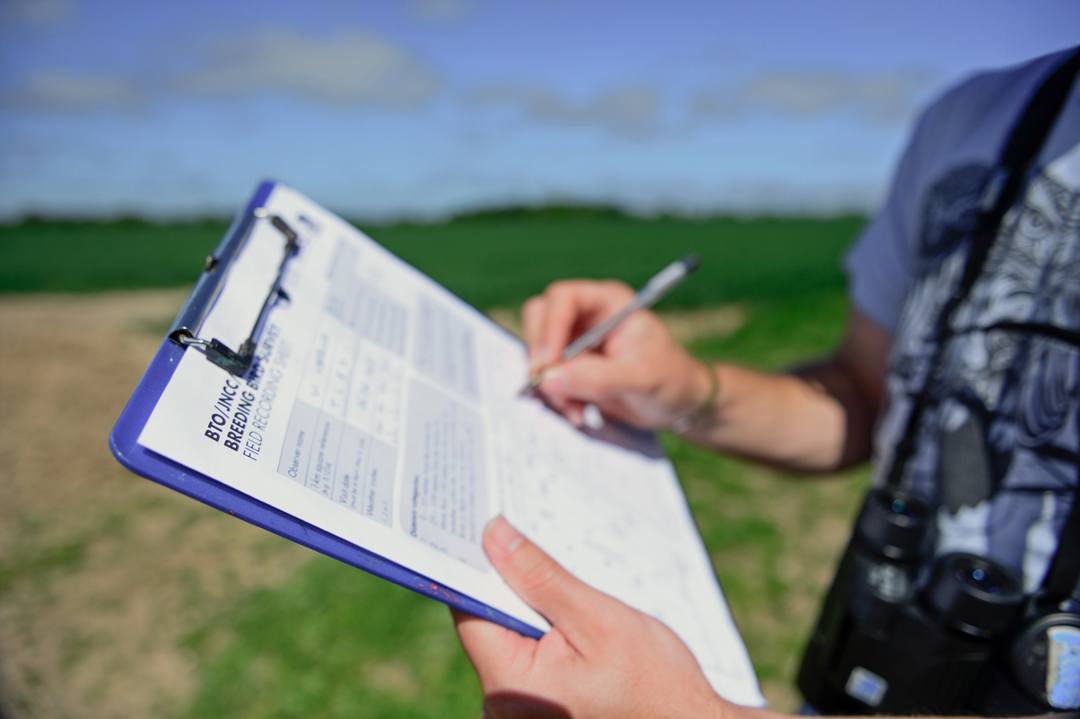
Impact of woodland agri-environment management on woodland structure and target bird species
Author: Bellamy, P.E., Charman, E.C., Riddle, N., Kirby, W.B., Broome, A.C., Siriwardena, G.M., Grice, P.V., Peach, W.J. & Gregory, R.D.
Published: 2022
Funding incentives have been used in agriculture and forestry to deliver policy objectives, including the support of biodiversity conservation. Understanding the effectiveness of such approaches requires the collection of baseline monitoring data, both from participating sites and those not in the scheme.
12.05.22
Papers
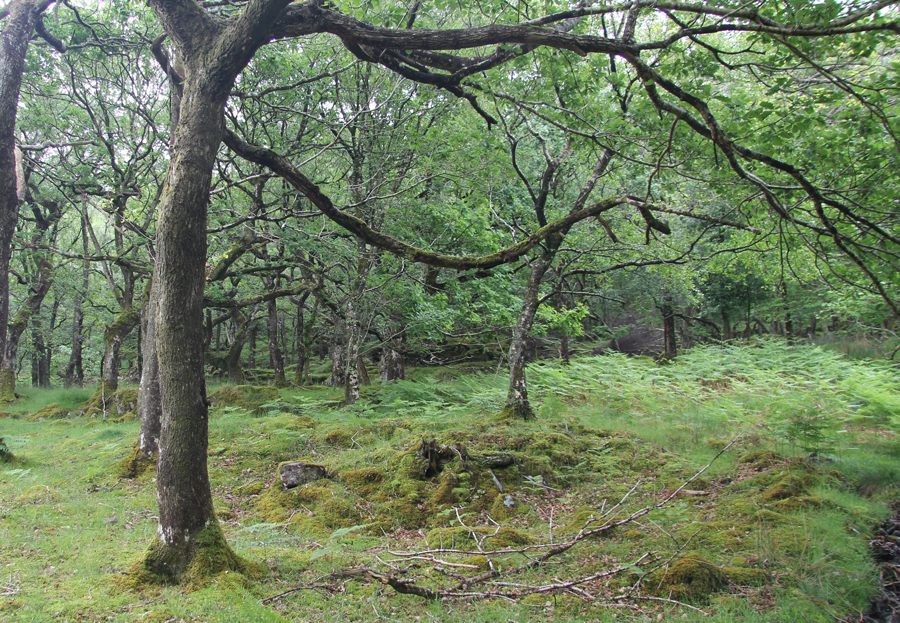
Assessing drivers of winter abundance change in Eurasian Curlews Numenius arquata in England and Wales
Author: Woodward, I.D., Austin, G.E., Boersch-Supan, P.H., Thaxter, C.B. & Burton, N.H.K
Published: 2022
BTO research, funded by the Curlew Appeal, investigated the factors affecting wintering Curlew abundance on estuaries in England and Wales. The findings suggest that short and long term trends in these local populations are not heavily influenced by local winter conditions on and around estuaries, indicating that the current declines are driven by factors that impact summer breeding success.
21.04.22
Papers
